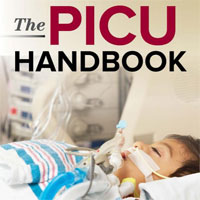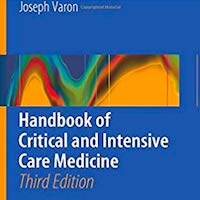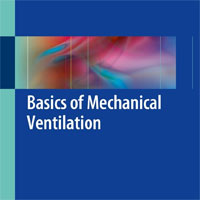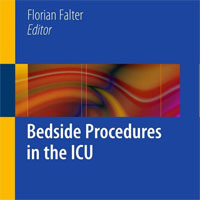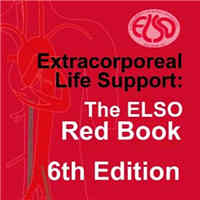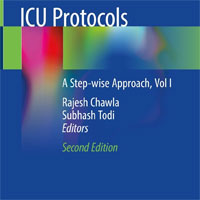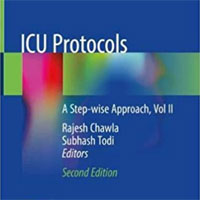Tag: mechanical ventilation
Impact of Esketamine vs. Remifentanil on Hemodynamics and Outcomes in Mechanically Ventilated Septic Shock
This single-center, prospective, randomized, controlled pilot study compared the hemodynamic effects and prognosis of esketamine versus remifentanil, both used in combination with propofol, for sedation and analgesia in patients... read more
Teaching Pearls in Noninvasive Mechanical Ventilation
This book uses real-world clinical case analyses of hot topics to provide insights into noninvasive mechanical ventilation (NIV). Written by leading international teachers and experts, it features a selection of "major... read more
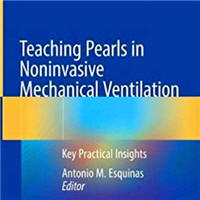
Non-invasive Mechanical Ventilation in Critical Care, Anesthesiology and Palliative Care
This book provides an easy, modern and practical way for physicians to approach the world of noninvasive mechanical ventilation (NIMV). Noninvasive ventilation is well-established and increasingly used in routine clinical... read more
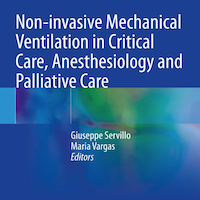
Finding the Ultimate Sedative
Critically ill patients requiring invasive mechanical ventilation often need continuous sedation for pain and anxiety. Propofol, a GABA potentiator, and Dexmedetomidine, an α2-adrenergic receptor agonist, are commonly used... read more
Early Multimodal Rehabilitation Safely Accelerates Recovery for Ventilated Patients
This single-center, controlled clinical trial investigates the efficacy and safety of an early multimodal rehabilitation program (MRP) versus a late MRP in mechanically ventilated adult patients in the intensive care unit... read more
Propofol vs. Midazolam Infusion: Effects on Cardiovascular Stability in Critically Ill Patients
A study compared the effects of propofol and midazolam infusions on cardiovascular stability in 75 critically ill patients requiring sedation in the intensive care unit at Azadi and Tikrit Teaching Hospitals from December... read more
Rib-Indexed POCUS vs. Chest X-Ray for Lung Recruitment Assessment in Ventilated Neonates with Moderate-Severe ARDS on Pulmonary Surfactant Therapy
Rib-indexed posterior approach POCUS is a reliable, radiation-free modality for real-time lung recruitment assessment in neonates with NARDS, demonstrating noninferiority to CXR. Notably, our study is the first to propose... read more
Mechanical Power Impact Normalized to Predicted Body Weight on Outcomes in Pediatric ARDS
Higher mechanical power (MP) was associated with fewer ventilator (VFD) and ICU free days (IFD). The causal effect of MP on VFD and IFD was fully mediated by the impairment in oxygenation. This is a post-hoc analysis of... read more
Endotracheal Tube Cuff Pressure Monitoring and VAP Occurrence
This study demonstrated that maintaining endotracheal tube cuff pressure at 30 cm H2O through monitoring every 8 h did not result in a greater incidence of under-inflation (pressures ... read more
Intubating the Critically Ill Patient: A Step-by-Step Guide for Success in the ED and ICU
Intubating critically ill patients is a process that requires a well-thought-out, step-by-step plan, specific to each patient. This book teaches the steps necessary to predict, prepare, perform, and provide pre and post-intubation... read more
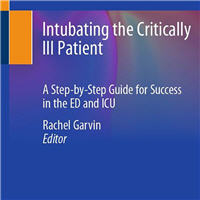
Inadequate Empirical Antibiotic Therapy in VAP: Risk Factors and Outcomes
Ventilator-associated pneumonia (VAP) caused by MDR pathogens were highly likely to receive inadequate empirical antibiotic therapy. The mortality rate and intubation duration were significantly longer in inadequately treated... read more
Early Acetaminophen Administration Associated with Lower Mortality Among ARDS Patients After Coronary Artery Bypass Grafting
The use of acetaminophen (APAP) at 48h after coronary artery bypass grafting (CABG)-acute respiratory distress syndrome (CABG-ARDS) was associated with lower early postoperative mortality, while shortening the length of hospital... read more
Thirst Management in Orotracheally Intubated and Mechanically Ventilated Patients
Symptom Management Theory (SMT)-based thirst management is an effective strategy. The 5 mL cold water spray method significantly reduces thirst intensity and distress in mechanically ventilated patients under fasting and... read more
Tocilizumab vs. IVIG in Patients with Severe COVID-19 Pneumonia
Severe COVID-19 patients who received IVIG in the early phase of the disease did not show better clinical outcomes in terms of mortality, hospitalization time and intensive care unit admission compared to those who received... read more
Ventilator-associated Pneumonia Pathogenesis: Old and New Mechanisms
Ventilator-associated pneumonia (VAP), defined as a lung infection that occurs in patients after 48 hours on mechanical ventilation, is among the most frequently found nosocomial infections in intensive care units around... read more
Cardiac Intensive Care
Using a multidisciplinary, team-oriented approach, this unique title expertly covers all the latest approaches to the assessment, diagnosis, and treatment of patients with critical cardiac illness. Led by Dr David L. Brown,... read more
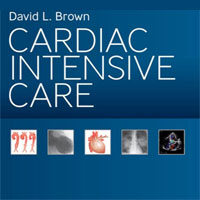
Clinical Respiratory Anatomy and Physiology in the ICU: Anatomophysiopathology and gasometry of patients on invasive mechanical ventilation
Breathing is a physiological process that is fundamental to life. The respiratory system can be likened to a vital pump allowing the exchange of gases between the cells of an organism and the external environment. A number... read more
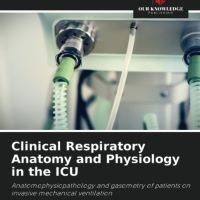
Weaning Failure Prediction Using Electrocardiographic Time-frequency Analysis and Respiration Flow Signals
Weaning patients from mechanical ventilation (MV) is a crucial process that requires meticulous assessment of their ability to breathe independently without ventilatory assistance. Spontaneous breathing test (SBT) is... read more
Ventilator Management: A Pre-Hospital Perspective
The goal of this book is to provide the most up to date information on mechanical ventilation based on current research, evidence based practice and my experiences as a flight paramedic and educator. A comprehensive look... read more
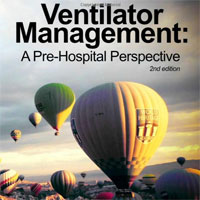
Anesthesia Role in Sedation and Weaning From Mechanical Ventilation
This systematic review highlights the advantages of anesthetic sedation strategies, particularly the use of dexmedetomidine, methadone, or sequential sedation protocols, in improving weaning outcomes, enhancing sedation quality,... read more
Analgosedation Practice During Noninvasive Respiratory Supports
Sedation is frequently used in patients with acute respiratory failure (ARF) undergoing Noninvasive Respiratory Supports (NRSs). Current analgesic practices are becoming more standardized, with analgosedation strategies increasingly... read more
Lung-protective Ventilation Strategies for Mechanical Ventilation
This study is an important step toward optimizing mechanical ventilation strategies, addressing the interplay between mechanical power, gas exchange and long-term respiratory outcomes could further refine lung-protective... read more


